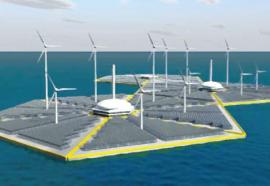Going Off the Record
Lawyers say what they really think about changing policies.
Lawyers get a bad rap in this country, and in some cases it’s well earned. However, during the month of October I enjoyed the distinct privilege of interviewing nearly a dozen of the industry’s most insightful, informed and hard-working people—all of them law-firm lawyers serving energy companies, regulatory agencies and customer groups.










